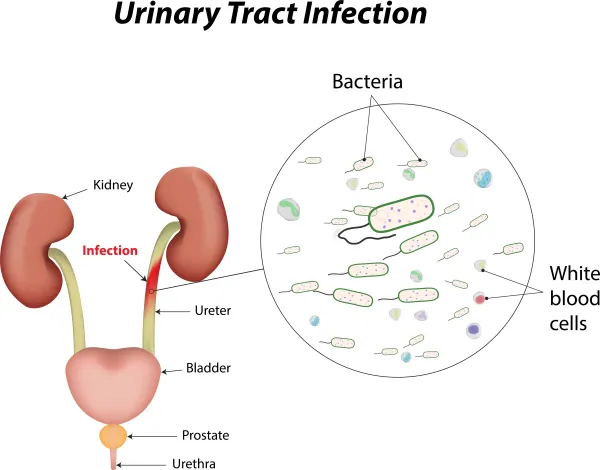Specify Status, Site, for UTI Coding Success

These three hints will help you simplify urinary tract infection coding. Browse through the ICD-10-CM alphabetic index for urinary tract infections, and it won't be long before frustration kicks in. You'll be guided all over the tabular list to such varied codes as As if that wasn't enough, the alphabetic entry for UTIs also leads you to other entries in the alphabetic index, such as bladder - see Cystitis; kidney - see Infection, kidney; and urethra - see Urethritis. It's enough to overwhelm even the most seasoned coder. But three simple hints will help you zero in on the most appropriate code to document this common ailment. Hint 1: Know the Status of the Situation. Chelle Johnson, CPMA, CPC, CPCO, CPPM, CEMC, AAPC Fellow, billing/credentialing/auditing/coding coordinator at County of Stanislaus Health Services Agency in Modesto, California reminds coders that there are a number of symptoms that may point to UTI, but that aren't UTIs in themselves. So, in the initial patient encounter, you may code some of the following signs and symptoms before your provider can provide the specific diagnosis, such as: You might also come across a patient with a history of UTIs, which you can code with Z87.440 (Personal history of urinary (tract) infections). All of these could, after testing, result in a definitive diagnosis. But you'll need to find other codes once your provider pins down the specific UTI. Hint 2: Know the Different Location and Names. Complicating the situation, UTIs go by different names, depending on their location in the body. They typically occur in the kidneys (pyelonephritis), the bladder (cystitis), or the urethra (urethritis). In addition to N39.0, Johnson suggests coders look to the following groups or individual codes to quickly narrow down the diagnosis: Johnson offers three important reminders that you will need to remember when choosing the correct code from this list. First, you need to remember the difference between acute (sudden) and chronic (persistent). For instance, if the patient has acute cystitis, you'll report N30.0- (Acute cystitis), but if the patient's cystitis is chronic, you'll report N30.1- (Interstitial cystitis (chronic)) or N30.2- (Other chronic cystitis). Second, following the note accompanying N10, you will need to use an additional code from B95-B97 to identify the infectious agent, if applicable, after your provider has administered a test. Third, regarding the N99 codes, Johnson explains that, because they are complication codes, "they require physician documentation and confirmation of a cause-and-effect relationship between any specified procedure and the complicated condition." Hint 3: Know That Pregnancy and Neonatal UTI Codes are Different. Johnson also reminds coders that, in addition to O23.4-, there are also a number of specified UTI codes for women in pregnancy that can be found in the O23- (Infections of genitourinary tract in pregnancy) codes. Other relevant codes from that chapter of ICD-10-CM include: And if your patient is a neonate, you should immediately go to P39.3, as the ICD-10-CM index suggests. In the end, however, Jill Young, CPC, CEDC, CIMC, owner of Young Medical Consulting in East Lansing, Michigan, reminds coders that unless they are dealing with a pregnant patient or a neonate, "everything codes back to N39.0." Use a search engine such as http://www.icd10data.com/ by all means, Young advises, but never fail to "go with what the doctor has written."




